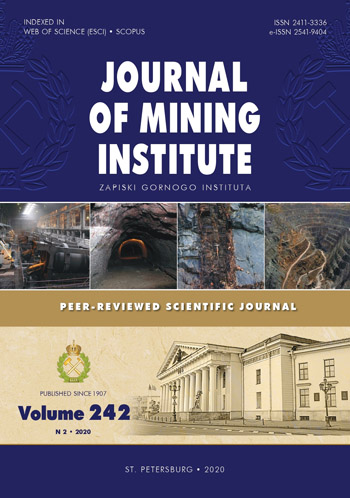Composition of spherules and lower mantle minerals, isotopic and geochemical characteristics of zircon from volcaniclastic facies of the Mriya lamproite pipe
- 1 — Ph.D. Senior Researcher Institute of Geology and Geochemistry of Combustible Minerals of NAS
- 2 — Ph.D., Dr.Sci. Chief Researcher Institute of Precambrian Geology and Geochronology of RAS ▪ Orcid ▪ Elibrary ▪ Scopus ▪ ResearcherID
- 3 — Ph.D. Junior Researcher Institute of Precambrian Geology and Geochronology of RAS
- 4 — канд. геол.-минерал. наук Senior Researcher Institute of Precambrian Geology and Geochronology of RAS
- 5 — Ph.D. Associate Professor Ivan Franko National University of Lviv
Abstract
The article presents the results of studying the rocks of the pyroclastic facies of the Mriya lamproite pipe, located on the Priazovsky block of the Ukrainian shield. In them the rock's mineral composition includes a complex of exotic mineral particles formed under extreme reduction mantle conditions: silicate spherules, particles of native metals and intermetallic alloys, oxygen-free minerals such as diamond, qusongite (WC), and osbornite (TiN). The aim of the research is to establish the genesis of volcaniclastic rocks and to develop ideas of the highly deoxidized mantle mineral association (HRMMA), as well as to conduct an isotopic and geochemical study of zircon. As a result, groups of minerals from different sources are identified in the heavy fraction: HRMMA can be attributed to the juvenile magmatic component of volcaniclastic rocks; a group of minerals and xenoliths that can be interpreted as xenogenic random material associated with mantle nodules destruction (hornblendite, olivinite and dunite xenoliths), intrusive lamproites (tremolite-hornblende) and crystalline basement rocks (zircon, hornblende, epidote, and granitic xenoliths). The studied volcaniclastic rocks can be defined as intrusive pyroclastic facies (tuffisites) formed after the lamproites intrusion. Obviously, the HRMMA components formed under extreme reducing conditions at high temperatures, which are characteristic of the transition core-mantle zone. Thus, we believe that the formation of primary metal-silicate HRMMA melts is associated with the transition zone D".
